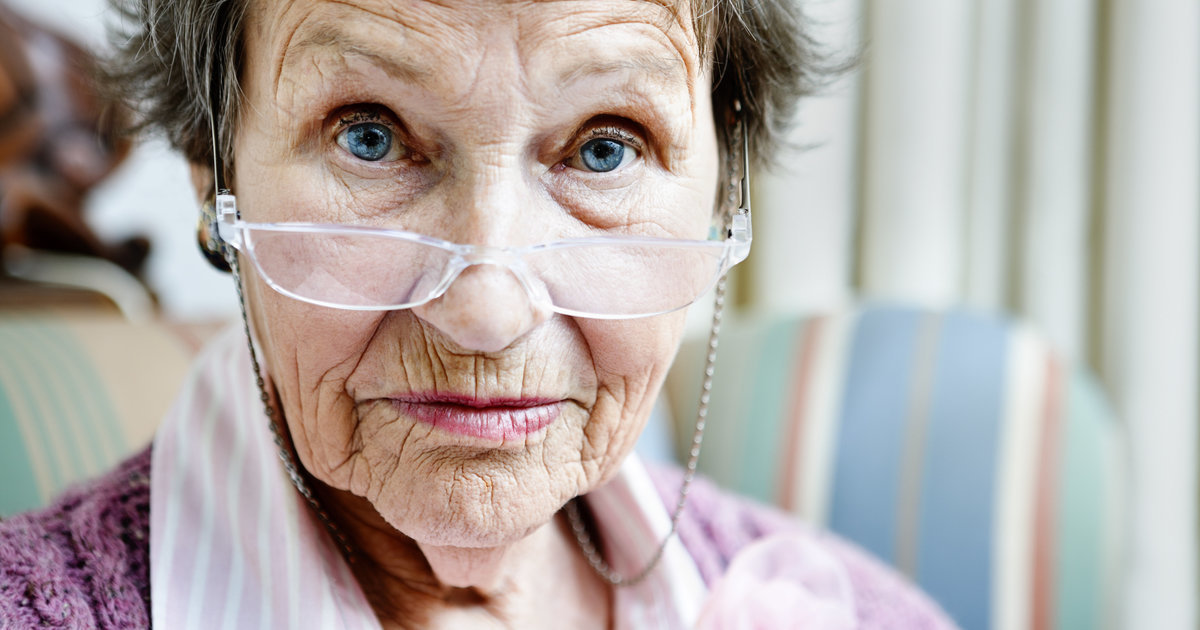Significant Risk Factors Of Dupuytren's Contracture
Dupuytren's contracture is a deformity of the hand that affects the tissue that sits just under the skin of the palm, causing knots to form in this area. The knots that form under the skin f the palm can develop a dense cord of which may draw one or more of the fingers into an arced bent position. This deformity causes an affected individual to be unable to straighten their fingers. Everyday tasks that involve the fingers in such a position become increasingly difficult. The two fingers located opposite from the thumb are the most commonly affected fingers. This deformity is diagnosed through a physical examination. Individuals with severe forms of Dupuytren's contracture may need to be treated with enzyme injections or surgery to sever the cord of tissue pulling on the fingers.
Age Of Patient

The age of a patient can cause them to be at an increased risk of developing Dupuytren's contracture. This deformity is an uncommon occurrence in individuals within their first four decades of life. The average age of Dupuytren's contracture diagnosis is sixty years old. Several mechanisms are known to play a role in this risk factor. This deformity is characterized by the growth of an abnormal thick cord of tissue in the hand over many years. Because it takes several years for the deformity to develop and manifest, older individuals are more likely to be affected. This abnormal cord grows as a result of the narrowing of microvessels in the localized area of the hand that causes hypoxic conditions. When these local tissues become hypoxic, the immune system goes to work to help mediate any damage from oxygen deprivation. Fibroblasts are stimulated, which result in an increase of free radicals. Free radicals cause more abnormal multiplication of cells. This cell growth eventually forms the cord that pulls on the patient's fingers. Older individuals are also at an increased risk of the deformity being triggered by an injury or recurrent trauma.
Ancestry

An individual's ancestry may place them at an increased risk of developing the Dupuytren's contracture deformity. Caucasian skinned individuals are the group most affected by this deformity. Between four and six percent of Caucasians are affected worldwide by Dupuytren's contracture. The risk becomes tripled if a Caucasian individual's ancestry is from any location across northern Europe. Individuals of Asian descent are affected by this deformity at a rate of three percent worldwide. A concentration of Dupuytren's contracture has been reported in a few other countries such as Zimbabwe, Tanzania, and East Africa. This deformity is a rare occurrence in individuals of Native American or Indian descent. It is also uncommon in individuals who have Hispanic ancestry. While a family history of the deformity is a different risk factor in itself, changes in the 16q gene have been reported in individuals who are a part of numerous generations of specific origins. The geographical relationship in these factors suggests this deformity occurred in ancestors who needed to have a strong hand.
